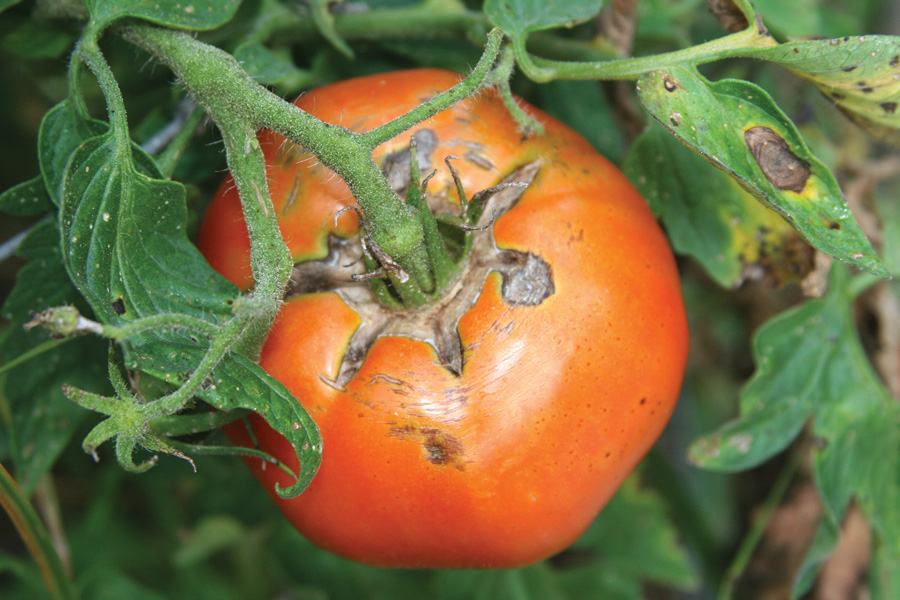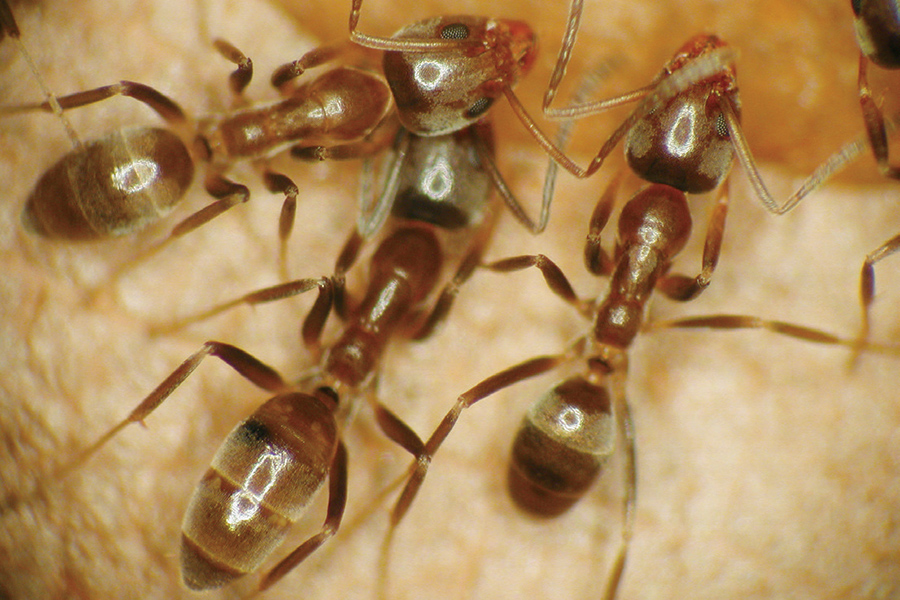-
 Do you want a landscape that is beautiful, saves you time, effort and money and uses less water? If you do, a water-wise landscape is for you. Water-wise landscapes are designed, organized, and maintained by practices that use water strategically and wisely. Follow the seven basic steps outlined in this…
Do you want a landscape that is beautiful, saves you time, effort and money and uses less water? If you do, a water-wise landscape is for you. Water-wise landscapes are designed, organized, and maintained by practices that use water strategically and wisely. Follow the seven basic steps outlined in this…|
-
 It is estimated that 2013 plant disease losses, including control costs, amounted to approximately $821.85 million. The value of the crops used in this estimate was approximately $6,551.91 million, resulting in a 12.55% total disease loss across all crops included in this summary. Loss estimates for apple, blackberry, blueberry, bunch grape,…
It is estimated that 2013 plant disease losses, including control costs, amounted to approximately $821.85 million. The value of the crops used in this estimate was approximately $6,551.91 million, resulting in a 12.55% total disease loss across all crops included in this summary. Loss estimates for apple, blackberry, blueberry, bunch grape,…|
-
 It is estimated that 2012 plant disease losses, including control costs, amounted to approximately $855.98 million. The value of the crops used in this estimate was approximately $6,647.83 million, resulting in a 12.9% total disease loss across all crops included in this summary. Loss estimates for apple, blackberry, blueberry, bunch…
It is estimated that 2012 plant disease losses, including control costs, amounted to approximately $855.98 million. The value of the crops used in this estimate was approximately $6,647.83 million, resulting in a 12.9% total disease loss across all crops included in this summary. Loss estimates for apple, blackberry, blueberry, bunch…|
-

This publication is designed for small market growers, homeowners, and Master Gardeners in order to be a quick reference guide for diagnosing common problems in vegetables.
|
-
 Irrigation systems are used by farmers and homeowners to supply supplemental water to their crops. At the end of the growing season, the irrigation system should be checked and winterized to maintain proper operation for the coming season. This publication provides a list of suggested things that should by done on…
Irrigation systems are used by farmers and homeowners to supply supplemental water to their crops. At the end of the growing season, the irrigation system should be checked and winterized to maintain proper operation for the coming season. This publication provides a list of suggested things that should by done on…|
-
 The Tawny crazy ant is a highly invasive species from South America. It was introduced into port cities in Florida and Texas. It was detected in Albany, GA, in August 2013 and in Camden and Glynn counties in Georgia in August 2014. The ant somewhat resembles the invasive Argentine ant.…
The Tawny crazy ant is a highly invasive species from South America. It was introduced into port cities in Florida and Texas. It was detected in Albany, GA, in August 2013 and in Camden and Glynn counties in Georgia in August 2014. The ant somewhat resembles the invasive Argentine ant.…|
-
 This bulletin is written to provide some of the basic information required to make various types of sausage. It is for those who enjoy good homemade sausage and who wish to obtain the greatest satisfaction from the trimmings and variety meats generated from farm slaughtered livestock or the results of…
This bulletin is written to provide some of the basic information required to make various types of sausage. It is for those who enjoy good homemade sausage and who wish to obtain the greatest satisfaction from the trimmings and variety meats generated from farm slaughtered livestock or the results of…|
-
 Cover crops are in essential part of an organic production system. Cereal rye and crimson clover are cover crops that are commonly used. If organic cover crop production is a viable enterprise for growers, it could improve the availability of varieties adapted to the Southeast; provide a source for locally…
Cover crops are in essential part of an organic production system. Cereal rye and crimson clover are cover crops that are commonly used. If organic cover crop production is a viable enterprise for growers, it could improve the availability of varieties adapted to the Southeast; provide a source for locally…|